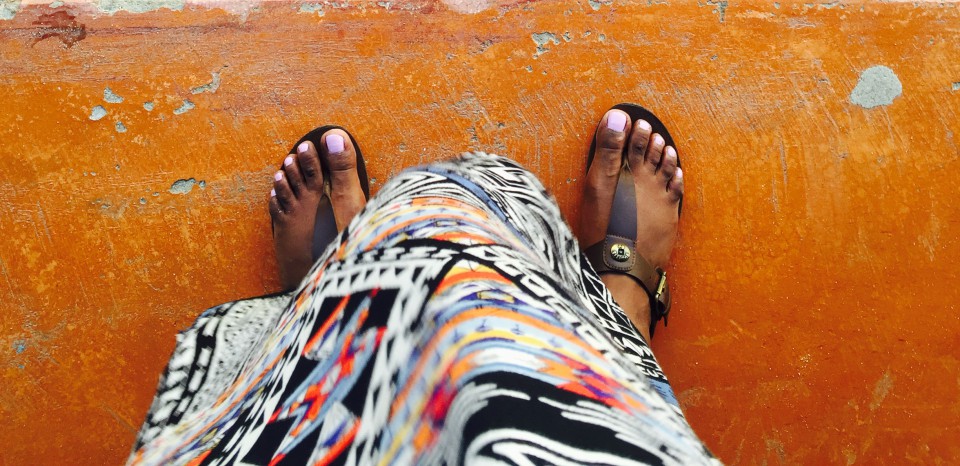Tags
Addis Ababa, Ambo, brewery, Ethiopia, Heineken, water, water resources
I ran across an article titled “Coming Soon to Ethiopia: Heineken and KFC?” a few days ago through Mashable via Businessweek. The article highlights Heineken’s entry into the Ethiopian market through the purchase of 2 local beer company and development of a large Heineken brewery on the outskirts of Addis Ababa, near Ambo. The article goes on to note that other multinational companies such as Yum Corporation are exploring expansion into Ethiopia.
The story of Heineken, which is not breaking news by any means since has been in development for the last few years, is of concern nonetheless. In the frenzy to attract direct foreign investment, basic questions related to availability of resources- water namely have been absent from national discourse. The location of Heineken’s new brewery is in direct competition for water resources, mostly groundwater, with other industries such as Ambo Sparkling water as well as domestic water supply sources for Addis Ababa and commercial agriculture in the area.
The entry of Heineken into Ethiopia has been received with mixed emotions and has been mostly scrutinized from financial and economic viability angles. Very few have questioned that this brewery that will require large quantities of water, a finite resource in the area. Although Ethiopia has been endowed with plentiful water resources, the Ambo area, which falls in the Awash River Basin, heavily relies on groundwater sources. The city of Addis Ababa also relies on the same groundwater sources for domestic water supply. Both Addis Ababa and Ambo, which are geographically located in the Great Rift Valley, sit on stratified groundwater aquifers. Due to complex geology and expense to carry out technical studies, limited information is known about the characteristics of these aquifers and available water resources. To meet domestic water supply demands, wells are being dug deeper and deeper, adding to the cost of new water source development and increasing the cost of operation of maintenance due to the use of pumps to retrieve water from deep wells.
As water demanding industries such as breweries expand in the area, Addis Ababa and its surrounding communities face increased risk of land subsidence, as well as complications to already strained domestic water supplies. So with the introduction of Heineken in stores and bars across Addis Ababa, beer maybe plentiful in the coming months, drinking water in the coming years may not.
Businesses such as Heineken, need not take availability of water resources for granted, given that they must share this resource with many other sectors. Also, given the scale of investments going into these breweries, detailed groundwater investigations that can shed light on groundwater sources and better inform water resources planning are a cheap investment for private sector and a public service to Ministry of Water and Energy.
Given that the scale of this problem will be exasperated in coming years, as the population of Addis Ababa mushrooms and industries in the area grow, I hope that much greater consideration for water resources and implications of overdraft are considered more seriously.






